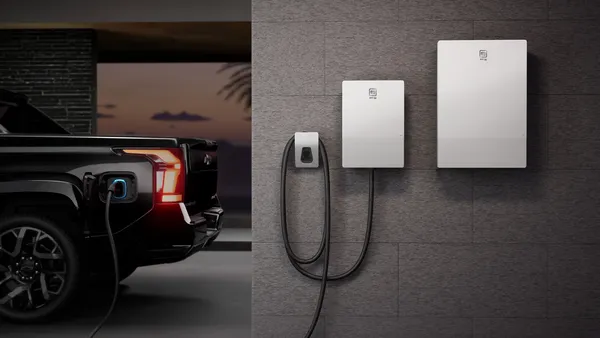Dive Brief:
- A new report by the nonprofit Regional Plan Association (RPA) proposes merging the Long Island Rail Road (LIRR) with Metro-North and New Jersey Transit, making a cross-town commute from New Jersey to Long Island through New York City.
- The merger, which RPA suggests should be done over the course of 30 years, would unify all three rail services under one system, dubbed the Trans-Regional Express, or T-REX.
- To help the merger, RPA’s report urged the system to add 60 new stations and more than 200 miles of reactivated or new rail tracks, as well as other aspects including a new hub in Manhattan and a new fare structure.
Dive Insight:
The big ambitions of this plan are matched by the eye-watering price tag, which RPA estimates to be $71.4 billion, a cost of around $2.4 billion a year if spread out over 30 years. And perhaps such a major overhaul would be necessary to keep up with the incredible growth set to come to the New York metropolitan area soon. The RPA estimates the area will add 850,000 jobs and 1.8 million new residents by 2040, and that even more could be added with the right infrastructure in place.
Based on the report’s recommendations, some of the elements may be very difficult to implement. The first phase would add a new hub at 31st Street and Third Avenue in Manhattan, and create a crosstown commute from New Jersey to Long Island by expanding Amtrak’s Gateway project to build new tunnels under the Hudson River and extending Penn Station. New fares would also be introduced, including expanding the City Ticket program for weekdays to give commuters who do not live near the subway a more affordable rail.
But in recent times, the Gateway project has come under fire in Congress and from President Trump, who tried to remove federal funds for the project from the budget altogether. Up to $541 million is available for the project in the recently-signed $1.3 trillion omnibus spending bill, but uncertainty over funding that project is unlikely to go away any time soon, especially as Transportation Secretary Elaine Chao wants New York and New Jersey to pay for most of it. Any extension of the project for something such as this might be reliant on those two states stumping up the extra cash.
While the report has just been released, there appears to be some optimism and desire to update New York’s commuter rail service. State Sen. Todd Kaminsky told AM New York that things "can’t really get much worse" for LIRR and that he "like[s] the idea of shaking things up."











